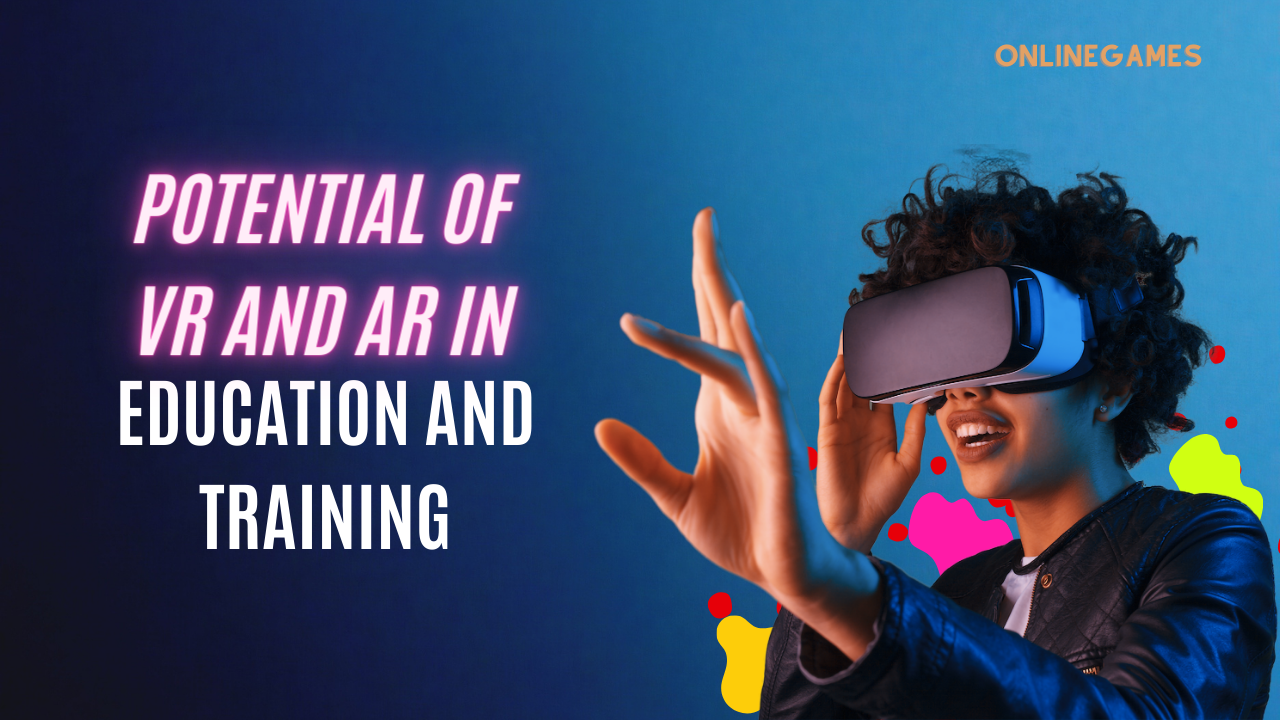Virtual Reality (VR) and Augmented Reality (AR) are revolutionizing education and training by offering immersive, interactive, and engaging experiences that enhance learning retention and skill development. These technologies leverage the power of simulation and visualization to transform traditional educational methods and training programs across various fields.
VR in Education and Training
Immersive Learning Environments
VR creates immersive learning environments where students can explore subjects in depth and engage with interactive simulations. For example, in history classes, students can virtually visit historical sites and experience key events firsthand. In science classes, VR allows students to conduct virtual experiments in a safe and controlled environment, enhancing their understanding of complex concepts like chemistry reactions or physics principles.
Practical Skills Training
VR is particularly valuable for training in fields that require hands-on experience, such as healthcare and engineering. Medical students can practice surgical procedures in realistic VR simulations, improving their skills and confidence before working with real patients. Similarly, engineers can use VR to simulate maintenance tasks or architectural designs, allowing them to test and refine their projects in a virtual environment.
Accessibility and Inclusivity
VR also addresses accessibility challenges by providing virtual experiences that accommodate diverse learning needs. Students with disabilities or those in remote locations can access high-quality education and training materials through VR, levelling the playing field and ensuring equitable access to educational opportunities.
AR in Education and Training
Interactive Learning Experiences
AR enhances traditional learning materials by overlaying digital information onto physical objects or environments. In classrooms, AR can bring textbooks to life with interactive 3D models, animations, and additional information that students can explore through their mobile devices or AR glasses. This interactivity makes learning more engaging and memorable for students of all ages.
Real-Time Information and Guidance
AR provides real-time information and guidance in training scenarios, improving efficiency and accuracy. For example, maintenance technicians can use AR-enabled devices to overlay step-by-step instructions or diagnostic information onto the equipment they are repairing. This hands-free access to information reduces errors and downtime while enhancing productivity in various industries.
Field-Based Learning
AR supports field-based learning by providing contextual information and guidance during outdoor or site visits. Students can use AR to identify plants and animals in biology field trips, explore historical landmarks with augmented information overlays, or learn about geological formations directly in their natural environment. This enhances the educational experience by connecting theoretical knowledge with real-world applications.
Benefits and Future Trends
Enhanced Engagement and Retention
Both VR and AR enhance engagement and retention by creating memorable and interactive learning experiences. Studies have shown that immersive technologies increase knowledge retention compared to traditional teaching methods, as they stimulate multiple senses and involve active participation from learners.
Scalability and Cost-Effectiveness
As VR and AR technologies become more advanced and accessible, their scalability in education and training is improving. Institutions can create virtual learning environments and training simulations that can be reused and updated without the need for physical resources or travel expenses. This scalability makes VR and AR cost-effective solutions for delivering high-quality education and training globally.
Integration with AI and IoT
The integration of VR and AR with artificial intelligence (AI) and the Internet of Things (IoT) further enhances their capabilities. AI algorithms can personalize learning experiences based on student performance and preferences, while IoT devices can provide real-time data and feedback that enriches educational simulations and training scenarios.
VR and AR hold immense potential to transform education and training by offering immersive, interactive, and personalized learning experiences. From creating virtual classrooms and realistic simulations to enhancing practical skills training and field-based learning, these technologies are reshaping how knowledge is acquired and applied across various disciplines. As VR and AR continue to evolve and become more accessible, their impact on education and training will undoubtedly expand, fostering innovation and improving learning outcomes worldwide.






